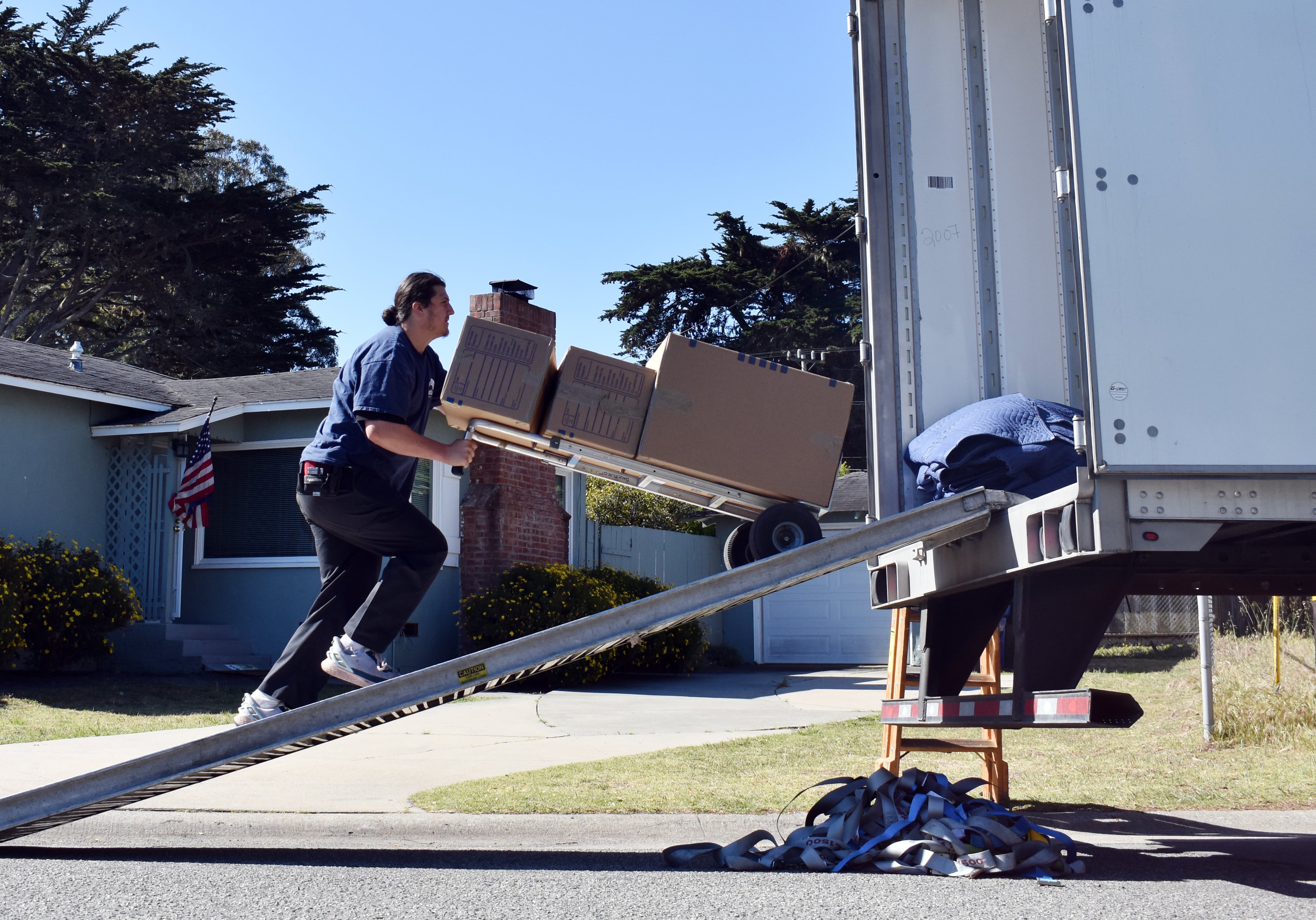WASHINGTON — The U.S. Air Force will not be proceeding with a combat demonstration for its light attack aircraft, but an eventual program of record has become the assumed outcome of further experimentation planned for two turboprop planes.
The new experiments, planned for May to July 2018 at Davis-Monthan Air Force Base in Arizona, narrow the field to Textron Aviation’s AT-6 Wolverine and the A-29 Super Tucano made by Sierra Nevada Corporation and Embraer — cutting the Textron Scorpion and L-3 Technologies’ AT-802L Longsword from further competition.
“Rather than do a combat demonstration, we have decided to work closely with industry to experiment with maintenance, data networking and sensors with the two most promising light attack aircraft — the AT-6 Wolverine and the A-29 Super Tucano,” Air Force Secretary Heather Wilson said. “This will let us gather the data needed for a rapid procurement.”
The Air Force announced in 2016 that it was considering holding a flight demo with light attack planes the following year. The hope, Air Combat Command head Gen. Mike Holmes told Defense News then, was to better understand whether inexpensive, off-the-shelf aircraft could fill some of the service’s close-air support requirements in the Middle East at a cheaper operating cost than combat aircraft like the A-10 or F-16.
Buying several hundred light attack aircraft would also bring with it several other advantages, proponents of the strategy argued. For one, having more aircraft in its inventory would increase its capacity, allowing it to train more pilots per year.
In addition, buying a low-cost, easy-to-use plane would also “bolster our interoperability,” Air Force Chief of Staff Gen. Dave Goldfein said in a statement. This in turn would give the service an opportunity to partner with international countries who might not be able to afford a more pricey jet like the F-35 or F-15.
After flying in to see the first set of light attack experiments at Holloman Air Force Base in New Mexico, Air Force leaders said they believed a combat demonstration would be the next step. However, the service now expects to be able to get the information for a future rapid acquisition of light attack aircraft without having to bring the two remaining competitors to the Middle East.
“The Air Force is gathering enough decision-quality data through experimentation to support rigorous light attack aircraft assessments along with rapid procurement/fielding program feasibility reviews,” said Air Force spokeswoman Capt. Emily Grabowski. “We’re finalizing requirements documentation and developing an acquisition strategy.”
Networking and future interoperability with partner forces will be a key part of the demos at Davis-Monthan. “The Air Force will also experiment with rapidly building and operating an exportable, affordable network to enable aircraft to communicate with joint and multi-national forces, as well as command-and-control nodes,” the service noted in a statement.
It also plans on inviting international partners to observe the light attack experiment’s next phase, it said. Five countries, including Canada, Australia, the United Arab Emirates and Paraguay, watched the last round.
Other focuses of the future experiments will include logistics and maintenance requirements, weapons and sensor issues, and training syllabus validity, it said.
However, the service has not finalized how it will pay for the new round of experiments or set a timeline for a future program of record.
“We are working a cost estimate for the next phase of experimentation, but we need to work with our industry partners to finalize the cost estimate. At this time, we expect to use current experimentation funding for the stateside experiment,” Grabowski said.
Valerie Insinna is Defense News' air warfare reporter. She previously worked the Navy/congressional beats for Defense Daily, which followed almost three years as a staff writer for National Defense Magazine. Prior to that, she worked as an editorial assistant for the Tokyo Shimbun’s Washington bureau.





